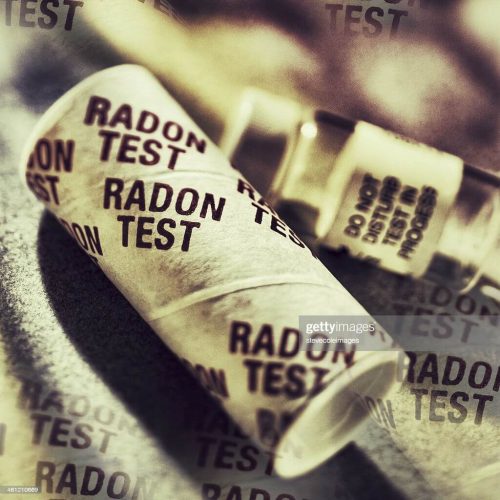Radon mitigation is the mitigation of radon concentrations in both drinking water and soil surrounding occupied structures. Radon is an important contributor to global environmental radiation. It enters our environment through radiated air, radon released from soil and radium in rock. Radon is emitted into the atmosphere by humans and animals when they consume foods which radiate radon, and it accumulates inside the earth’s living spaces and is stored in a solid material and soil, such as foundations and rock. In addition to this ongoing accumulation, radon is also emitted from natural sources such as earthquakes, geysers, erupting volcanoes, and manufacturing facilities, and can come in contact with humans through inhalation and ingestion.
The main source of radon mitigation involves the use of radon-specific air conditioners. Indoor humidity is high in most residential and commercial structures, and the conditioner is necessary to remove small traces of radon present in the air. However, most people don’t understand the importance of their indoor humidity level and the impact it has on health. What most people don’t know is that high indoor humidity is one of the primary causes for cancer. Radon gas is particularly dangerous to young children, and the risk increases with increased age. Radon gas can also contribute to poor lung function, cause fatigue and other body ailments, and accelerate the aging process.

In the past, homeowners relied on portable air conditioners as a form of radon mitigation, but portable units are now largely replaced by permanent or semi-permanent indoor humidity management solutions. The newest technology in indoor humidity management offers multiple options, from automatic operation, remote control, and on-site manual operation. The first step to getting the best system is understanding how your current HVAC system works, then determining if your current ventilation solution meets your needs.
How your existing HVAC system works dictates the type of system you need to install in your home or office. Air conditioners remove the heat from the air using a water-based compressor and then send the cool water into various rooms through a pipe or duct system. The first step in radon mitigation involves dehumidifying the room through venting fans and providing ventilation where needed. It’s important to remove standing water from areas where HVAC water is stored, such as basements. The Environmental Protection Agency recommends that all living creatures, not just humans, be removed from water sources so that harmful bacteria cannot grow.
Next, we need to talk about removing existing HVAC equipment and components. If your HVAC unit is over 40 years old, you should consider replacing it or repairing it in order to protect your lungs and family members. A good tool for removing radon is the Radon Reduction Copy Test Template message template, which can be downloaded free from the EPA website. This template message can be placed on all pipes that penetrate the walls of a house or building. You’ll need it when filling out an estimator’s forms and completing your mitigation plan.
https://fortcollinsradonmitigationpro.com
The last thing to do for mitigation is to make sure your ventilation ducts are cleaned out. In addition to reducing the chances of radon entering your home or office, cleaning out your ventilation system will also help improve the quality of air throughout your home or office. In short, if you’re wondering how to successfully perform radon mitigation, it’s important to remember that you need to learn how to complete the necessary steps in a timely manner.
